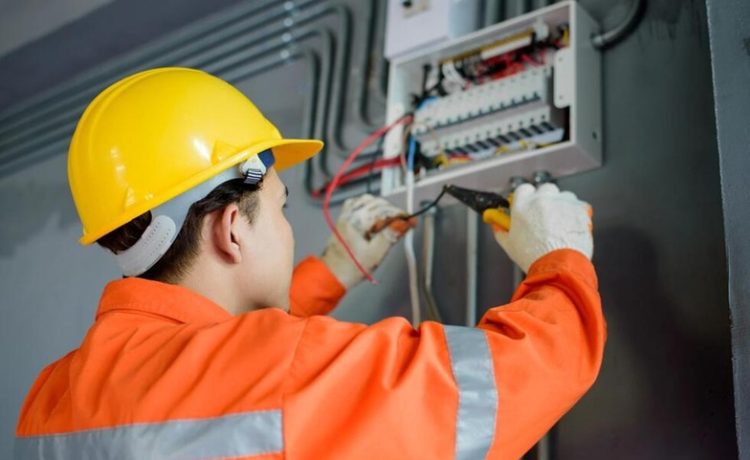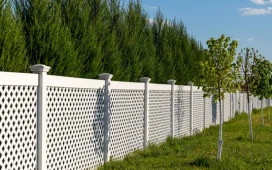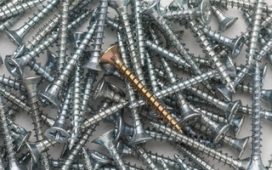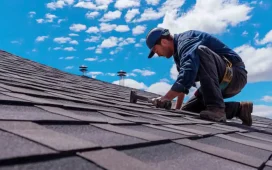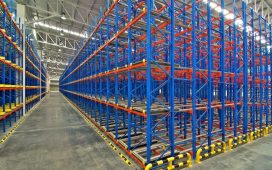The stringent regulatory framework governing Lew Singapore professionals represents one of the city-state’s most critical yet underappreciated safety mechanisms, protecting millions of residents from electrical hazards whilst maintaining the infrastructure backbone of a nation that generated 57 terawatts of electricity in 2023 alone. Yet for all its importance, the Licensed Electrical Worker system remains a mystery to most property owners, business operators, and residents who depend upon it daily.
Singapore’s approach to electrical safety through licensed electrical workers—or electrical technicians singapore as they’re sometimes called—emerged from hard-learned lessons about the catastrophic consequences of unregulated electrical work. The Energy Market Authority’s licensing regime, established under the Electricity Act 2001, created a tiered system that matches worker qualifications to the complexity and risk of electrical installations across the island.
Understanding the LEW Classification System
The Singapore licensed electrician framework divides practitioners into three distinct categories, each with carefully delineated scope and limitations that reflect both competency levels and risk management principles.
Licensed Electricians (Grade 7) operate at the foundation level of the system, authorised to work on installations not exceeding 1,000 volts with approved loads up to 45kVA. These professionals typically handle:
• Residential electrical installations in HDB flats and private homes
• Basic wiring, socket installation, and lighting modifications
• Consumer control unit repairs and circuit breaker replacements
• Routine maintenance of household electrical systems
Licensed Electrical Technicians (Grade 8) represent the intermediate tier, handling more complex installations up to 1,000 volts but with significantly higher load capacities of 500kVA. Their expanded remit includes:
• Commercial and industrial electrical installations
• Design and submission of electrical plans for loads up to 150kVA
• Multi-tenant building electrical systems
• Food courts, shopping centres, and mid-scale industrial facilities
Licensed Electrical Engineers occupy the apex of the hierarchy, requiring registration as Professional Engineers under Singapore’s Professional Engineers Act. These specialists tackle the most demanding electrical challenges, including high-voltage systems exceeding 1,000 volts and large-scale industrial installations.
The Rigorous Path to LEW Certification
Becoming a licensed electrical worker in Singapore requires navigating a demanding certification process that reflects the system’s emphasis on competency and safety. Prospective electricians must demonstrate both theoretical knowledge and practical experience through multiple assessment stages.
The qualification framework demands relevant electrical engineering credentials from recognised institutions, coupled with substantial practical experience, ranging from two years for those with formal qualifications to ten years for those relying solely on field experience. This experience requirement isn’t merely bureaucratic box-ticking; it reflects the reality that electrical work combines theoretical understanding with practical judgement developed through years of hands-on application.
Candidates face a comprehensive written assessment comprising 60 multiple-choice questions covering domestic installations, industrial systems, and regulatory frameworks. Those succeeding in the written component then undergo practical testing and technical interviews designed to evaluate real-world problem-solving capabilities.
Regulatory Compliance and Safety Imperatives
Singapore’s electrical safety statistics underscore the LEW system’s importance. With electricity consumption reaching 55 terawatts in 2023—distributed across industrial (40%), commercial (40%), residential (15%), and transport (5%) sectors—the margin for error remains minimal in a densely populated city-state where electrical failures can cascade rapidly.
The regulatory framework mandates that all electrical work must be “carried out or supervised by a Licensed Electrical Worker,” creating legal liability for property owners who bypass this requirement. This isn’t merely an administrative regulation; it reflects genuine safety imperatives in a nation where Singapore’s electricity generation capacity reached 13,062 MW in 2023, representing a 2% increase driven largely by expanding solar photovoltaic systems.
Economic and Practical Implications
The LEW system creates both protections and complications for property owners and developers. Whilst licensed workers provide essential safety assurances and regulatory compliance, the licensing framework also constrains labour supply and influences project costs. Understanding which class of licensed electrical worker your project requires—and ensuring proper documentation—can prevent costly delays and legal complications.
Property developers operating across multiple voltage levels and load requirements must navigate the classification system carefully, ensuring appropriate LEW supervision at each project phase. The consequences of mismatched qualifications extend beyond regulatory compliance to insurance coverage, where electrical incidents involving unlicensed work can void protections.
Verification and Due Diligence
The Energy Market Authority maintains the e-Licence Information Services (ELISE) portal, enabling property owners to verify worker credentials before commencing electrical projects. All licensed practitioners carry identification cards featuring photographs, names, identity numbers, and licence classifications—documentation that property owners should inspect before authorising any electrical work.
This verification process isn’t merely recommended practice; it’s essential protection against both safety risks and potential legal liability. Singapore’s regulatory environment places responsibility on property owners to ensure appropriate licensing, making due diligence a practical necessity rather than an optional precaution.
Future Challenges and Considerations
Singapore’s electrical infrastructure continues evolving, with solar PV capacity increasing 46% in 2023 and energy storage systems expanding across the grid. These technological shifts create new challenges for the LEW framework, requiring ongoing adaptation of training, assessment, and classification systems to address emerging technologies and installation techniques.
The licensing system that governs lew singapore professionals represents far more than bureaucratic oversight—it embodies Singapore’s commitment to electrical safety in a nation where infrastructure reliability underpins economic prosperity and public safety in equal measure.

